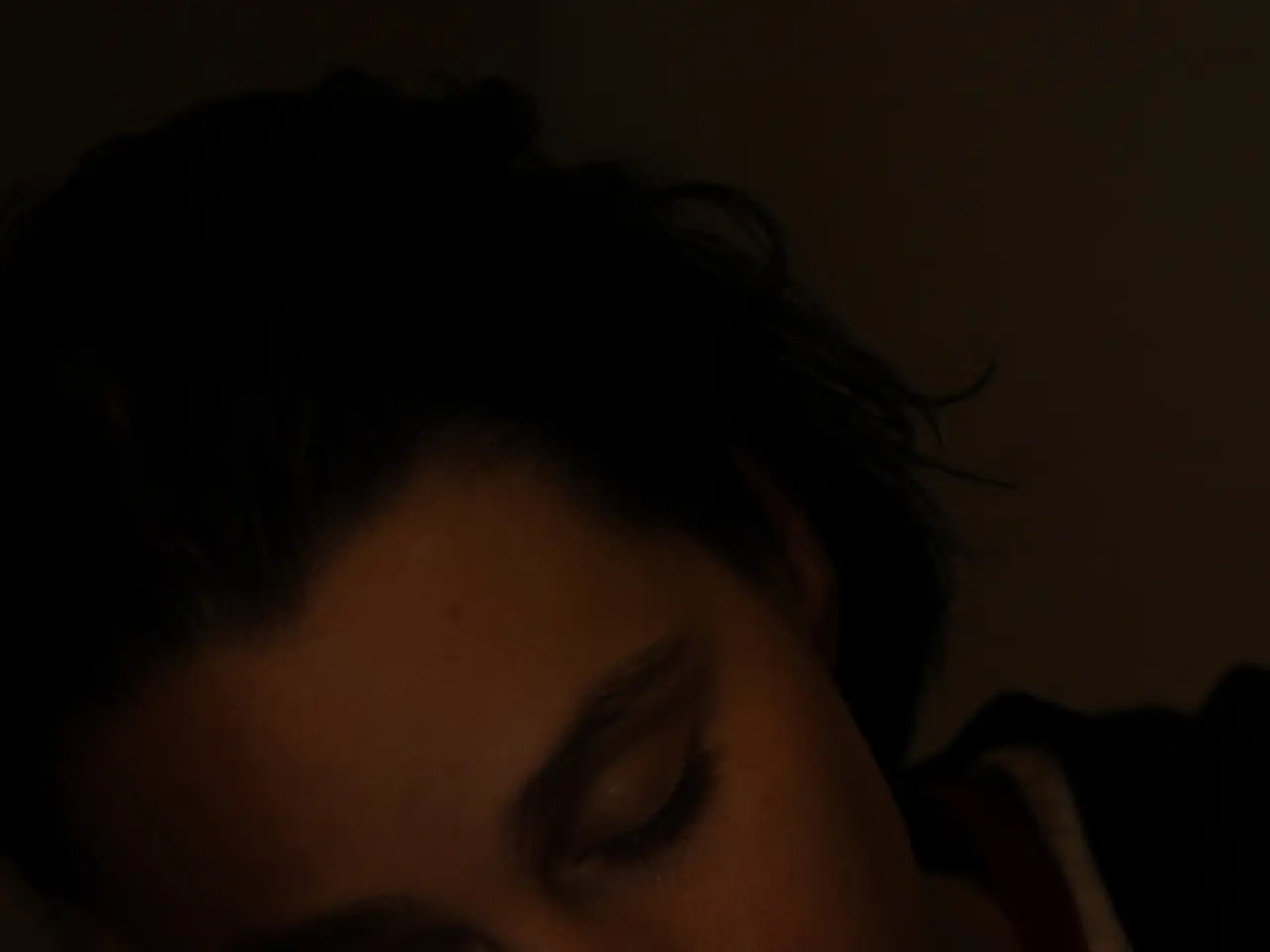"Sexual sleepwalking, or Sexsomnia, a phenomenon; could it be a reality, and are there chances of being unaware of it?"
Managing Sexsomnia: A Guide to Understanding and Treatment
Sexsomnia, also known as sleep sex, is a rare parasomnia sleep disorder that involves engaging in sexual activities while asleep and unaware of the behavior upon waking[1]. This article aims to provide an overview of the common causes, symptoms, treatment options, and risk factors associated with sexsomnia.
Common Causes and Triggers
The exact causes of sexsomnia are not fully understood, but it is often associated with other sleep disorders[1]. External factors such as stress, alcohol consumption, and certain medical conditions may trigger or worsen sexsomnia[1]. It occurs during non-rapid eye movement (NREM) sleep stages[3].
Symptoms
Individuals with sexsomnia may perform sexual activities, such as masturbation, sexual movements, or initiating sexual activity, while asleep[1]. These episodes can result in open eyes, sexual noises, or displays of sexual aggression during sleep[1]. After waking, people typically have no memory of the activities. The episodes can cause shame and distress for both the individual and their partners[1].
Treatment Options
Treatment for sexsomnia depends on the underlying cause or contributing factors. Approaches often include:
- Medications aimed at controlling parasomnias.
- Improving sleep hygiene, such as maintaining a regular sleep schedule and reducing sleep disruptions.
- Reducing stress and avoiding triggers like alcohol[1].
A sleep study (polysomnography) can help diagnose sexsomnia or rule out related conditions[1][4].
Risk Factors
Sleep disorders such as sleepwalking, heartburn, restless leg syndrome, sleep apnea, epilepsy, head injuries, migraines, Crohn's disease, and colitis can increase the risk of developing sexsomnia[1].
Importance of Diagnosis and Treatment
Speaking to a doctor about sexsomnia episodes is crucial to ensure proper diagnosis and treatment. The first step in managing sexsomnia is to get a diagnosis and appropriate treatment[1].
It is essential to remember that sexsomnia differs from REM sleep behavior disorder, which involves acting out dreams during REM sleep; sexsomnia occurs primarily during NREM sleep stages[3].
In summary, sexsomnia is a complex sleep disorder with unclear origins but clear disruptive sexual behaviors occurring during sleep. With medical and lifestyle interventions tailored to individual triggers, sexsomnia can be managed effectively.
[1] American Academy of Sleep Medicine. (2021). Sexsomnia. Retrieved from https://aasm.org/resources/fact-sheets/sexsomnia/ [2] National Sleep Foundation. (2019). Sexsomnia. Retrieved from https://www.sleepfoundation.org/parasomnias/sexsomnia [3] Hishikawa, Y., & Okuma, T. (2016). Sexsomnia: Current Understanding and Clinical Management. Retrieved from https://www.ncbi.nlm.nih.gov/pmc/articles/PMC4811610/ [4] Mayo Clinic. (2021). Polysomnography. Retrieved from https://www.mayoclinic.org/tests-procedures/polysomnography/about/pac-20394753
- Maintaining good mental health is crucial for managing sexsomnia, as stress and emotional well-being can trigger or worsen the condition.
- Implementing health-and-wellness practices, such as regular exercise, a balanced diet, and stress management techniques, can help reduce the frequency of sexsomnia episodes.
- Incorporating environmental factors into your sleep routine can also contribute to better sleep quality, such as creating a calm and dark bedroom atmosphere, keeping electronics out during sleep, and ensuring the bedroom is cool and comfortable.




